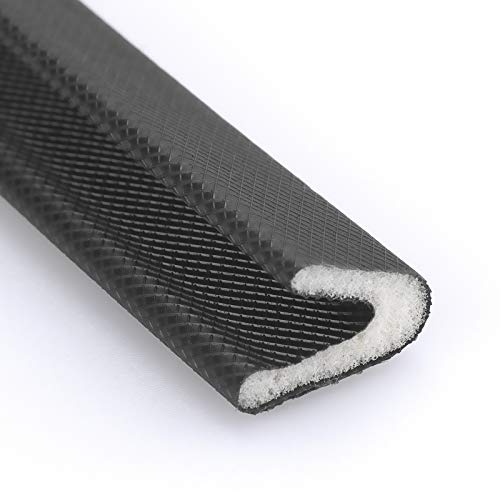Weatherstripping seals air leaks that go around movable objects such as your windows and doors. The sole purpose of which is to save energy. But you wonder if it really works and is worth it? We researched to deliver you the best answer to this question.
Yes, weatherstripping is a relatively low-cost technique to increase energy efficiency by preventing air leaks in your home. You can save on heating and cooling bills by as much as 30% by use of weatherstripping.
The costs of heating and cooling in most homes get a big chunk of the budget. One way to resolve this problem is weatherstripping the doors and windows where air drafts commonly occur. Stay on this page to find out how it works to save you on energy bills.
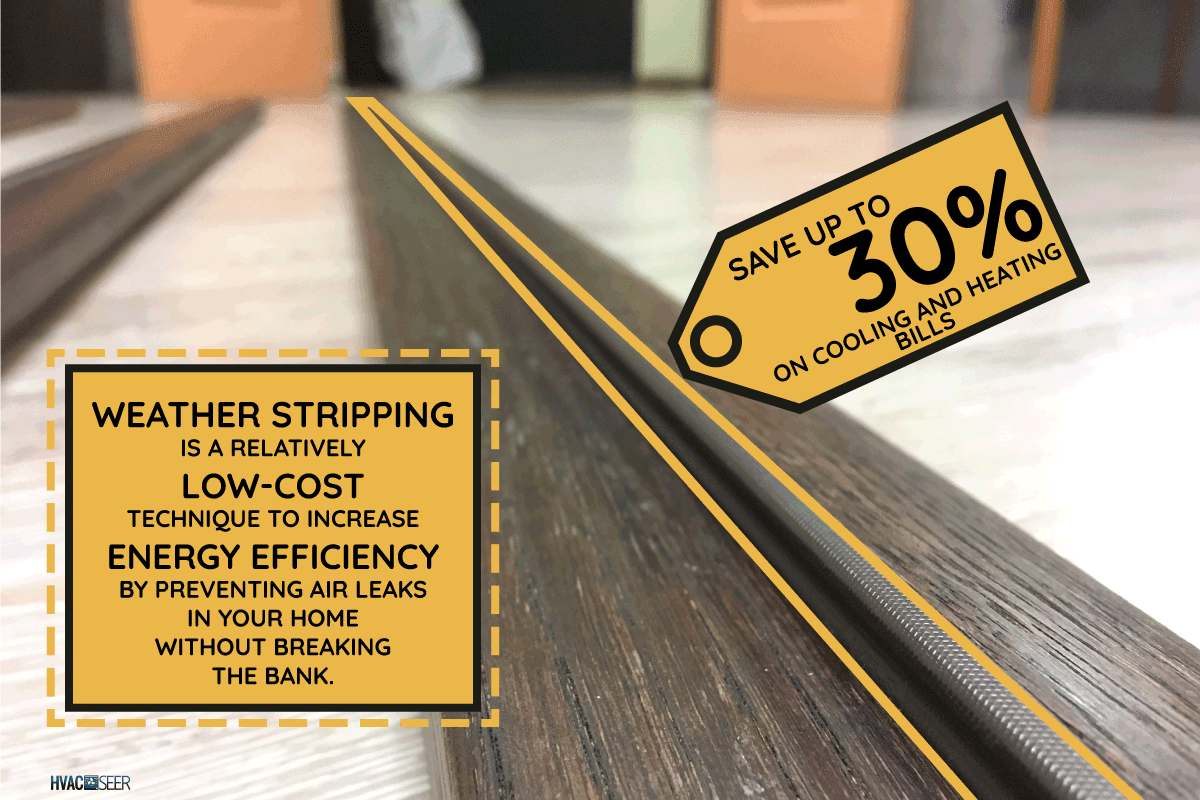
How Does Weather Stripping Work?
You may not be aware that the heat in your living space can escape not only through the roof but also through an uninsulated attic. There are also air leaks in obscure spots such as electrical outlets, around window air conditioners, walls, floors, duct registers, recessed lights, and rim joists.
While at the same time, through these outlets, it pulls outside air inside.
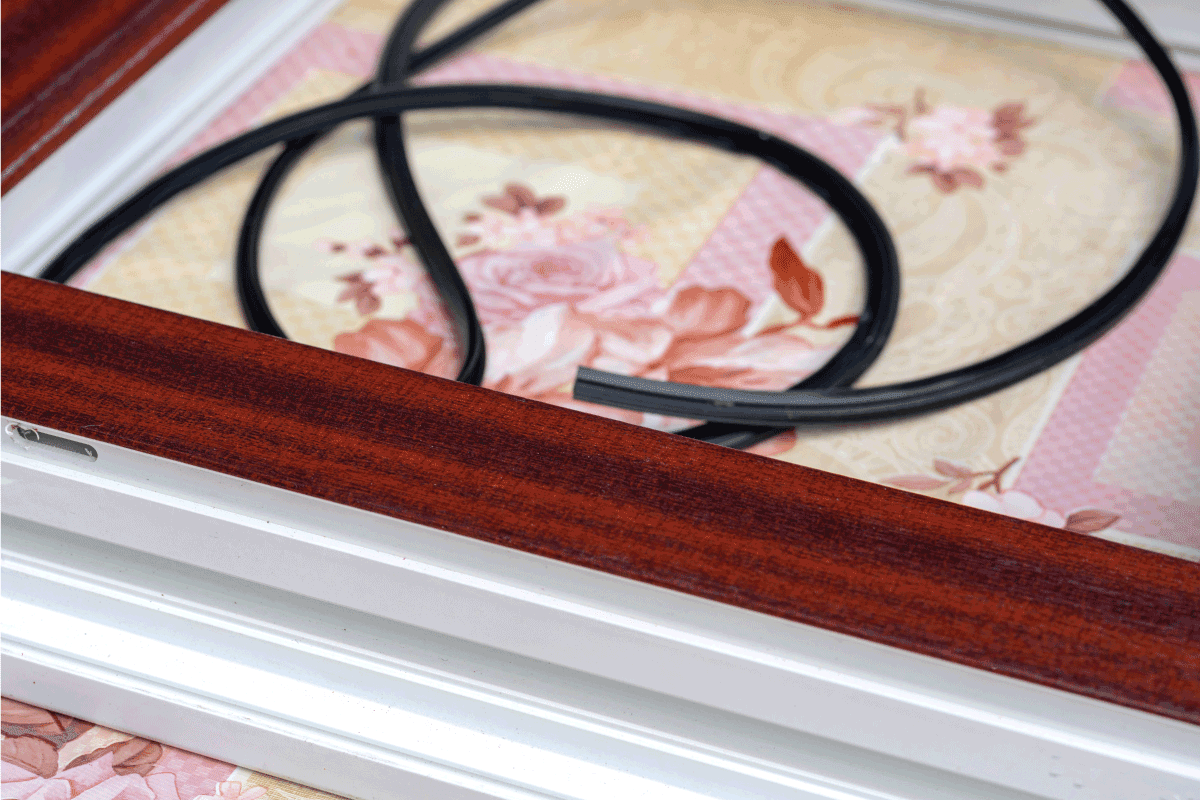
Weatherstripping plays a crucial role in resolving this entry and exit of unwanted movement of heat. The outdoor drafts are prevented from entering your home while the indoor air cannot escape, and also the heat leaks during winter.
Specifically, it works to:
- Seal the air leaks to prevent losing heat during winter and keep you cool during summer.
- Keep the outside temperature at bay and prevents snow or rain from entering.
- A strip is installed and tightly seals gaps around windows and doors.
- Gives an added layer of insulation to your home.
If you wish to learn more about weather stripping, check out this post: "Does Weather Stripping Keep Rain, Heat, & Bugs Out?"
How Can You Save Money on Heating and Cooling Costs?
When cracks and gaps around windows and doors are sealed, the furnace need not work too hard to keep rooms and spaces warm. This reduces the time the heating system runs, which in turn can reduce heating costs.
During summer, your home will be more comfortable since extreme heat from the outside cannot enter, thus reducing cooling costs as well.
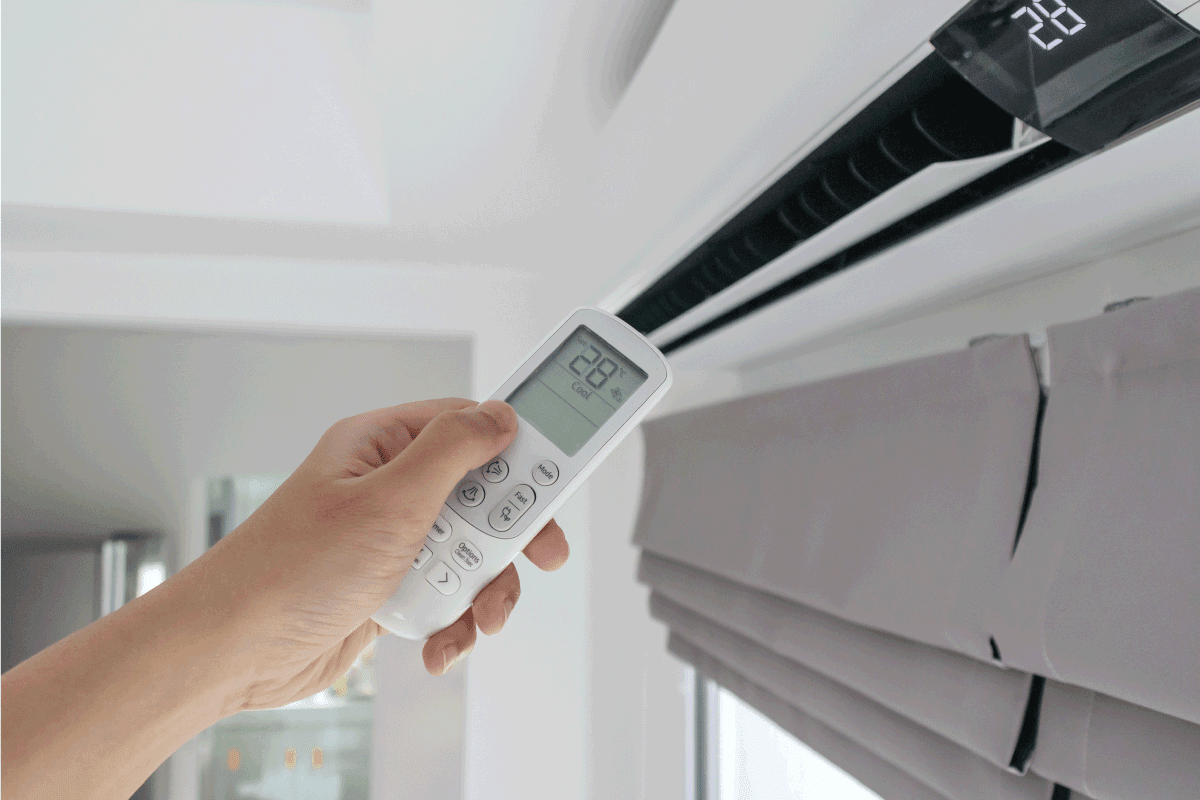
Indeed, the benefits of weather stripping prevent your HVAC from overworking, if not operating at longer hours, thus resulting to lower utility bills. Your energy bills can be reduced by 20-30%, and that's over 300% in annual savings.
Is Weather Stripping Worth It?
Weather stripping can be your DIY project. It is cost-effective to save energy for every homeowner. Air leaks in improperly sealed homes may account for 30-40% of the overall heating loss. Air drafts can damage the home’s insulation and make it ineffective.
The pricing mainly depends on the material used and the tools needed. The price per linear foot varies from $1.45 to $25, depending on the material used. Foam, tubular, and gasket weather stripping occupy the lower price range, while magnetic, metal, and door sweeps occupy the higher price range.
The cost of labor and installation also varies between cities. And lastly, if you hire a professional installer, it will add to the total project cost too.
Weather Stripping: Cost Vs. Benefits Analysis
The total project cost for weatherstripping ranges from $129 to $427, with an average of $277. This figure is quoted as an upfront investment if you want your project to be done and finished within a specified timeline. As a homeowner, you also have the option to have the project done on piecework, such as on a per-window basis or by a specific area of the house. You could also choose to hire a professional or not. All these factors have cost considerations.
As mentioned in the preceding section, your utility bills will be lowered by as much as 30% or 300% annual savings.

With a one-time investment, you should be enjoying the benefits for many months and years. Indeed, the benefits outweigh the cost!
How To Detect Air Leaks In Your Home
Planning to weather strip your doors and windows? You need to check all areas in your home and identify windows and doors that let in drafts or leak air. Start with doors that lead outside, then the large windows.
Drafts are not surprising for older homes with large windows. You could identify drafty windows and doors by positioning your hand near the frame, and you could readily feel cool air blowing through the gaps.
Aside from the windows and doors, you may also need to check the dryer vents, chimney, kitchen hood vents, external water faucets, mail slots, and holes where phones and cable lines enter the house.
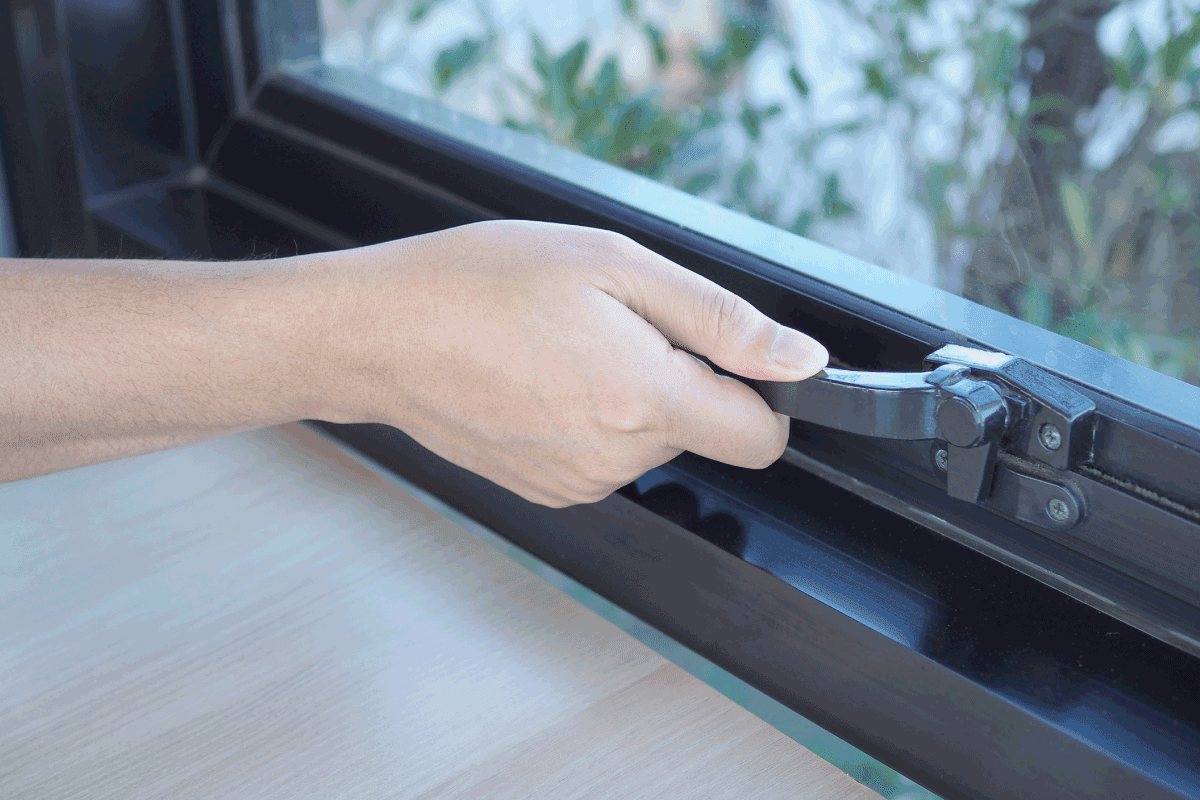
Windows, when closed, should be latched to have a good seal. Else, some windows appear to be closed, but air can still leak when it is not completely latched shut.
Types of Weatherstripping
Weatherstripping refers to the different materials that seal air leaks. Each has its advantages and drawbacks in specific situations. Choose the type that can resist friction, temperature changes, climate conditions, and wear and tear, depending on where it is located in your home.
For example, when installed at a door bottom or threshold, the material could drag on the carpet or get heavily worn out due to foot traffic. For those installed in windows, it must endure the sliding and the frequency of closing and opening of the windows. Not all weather door strip types work for doors and windows. Each has specifications that fit every type.
Tension Seal or V-strip
This is the most common type that can resist moisture. Typically, these ate made of vinyl, aluminum, bronze, or stainless steel. Best for door sides, sliding windows, and double-hung window jambs. It is "invisible" that you won't easily detect. The adhesive backing sticks firmly to have a superior sealing effect.
The disadvantage is that it increases the difficulty of opening the door, and a flat surface is needed for proper installation. It is also slightly expensive.
Shop for this V-strip on Amazon.
Felt and Open-Cell Foam
This is visible when installed along the length of the door connecting the hinges. It is cut and nailed, glued, or stapled and should be compressed against the door jambs. The brush is thick and soft, giving low friction with strong resistance. It is widely used in glass doors, sliding doors, wooden doors, and security doors.
Felt is relatively inexpensive, especially in comparison to a tension seal. Its ease of installation makes it perfect for low-traffic doors. The opening and closing of the door make the strip bend, preventing the draft easily, but it can't last long, and it needs regular replacement.
Shop for this adhesive felt on Amazon.
Gaskets or Closed-Cell Foam
This material is cut and nailed at the bottom of doors and windows. This makes it durable and fares well against weather and the strongest winds. Due to the nature of the foam material, it is visible at the door bottom.
Gaskets are for doors and window stops, in and out of window sashes, and door bottoms.
Shop for this gasket foam on Amazon.
Metals
Metals for weather stripping are bronze, copper, stainless steel, and aluminum. They are long-lasting and affordable. Since drafty windows are often common in older homes, metal weather strips can provide a nice touch-up.
Rolled or Reinforced Vinyl
This is a relatively solid option. However, it requires that a metal or wood strip is in place before vinyl is applied as reinforcement. This is also visible due to the difference in vinyl texture.
Shop for this vinyl weather strip on Amazon.
Door Sweep
As the name implies, it only goes at the bottom of the door. For interior doors, place them at the side where it swings open. There are many materials available such as aluminum or sponge-like.
The problem with door sweep is that it tends to have friction if a carpet is in place.
Magnetic
Magnets are attached to the top and sides of doors, sliding windows, and double-hung windows. Since it's magnetic, you can install and uninstall it easily, creating a great seal. The disadvantage is that it is expensive.
Shop for this magnetic weather strip on Amazon.
Tubular Rubber and Vinyl
This type can only be applied to surround the entire door. However, a professional installer is needed, which may be costly.
Reinforced Silicone
This type is placed at the bottom and sides of doors and windows. This makes a better seal than reinforced vinyl since silicone is pliable. This is more expensive, though, than vinyl.
Shop for this silicone weather strip on Amazon.
Door Shoe
This type is a combination of aluminum and vinyl inserts. It is angular to prevent rainwater from coming into the house.
Fin Seal
This type is perfect for sliding glass doors and windows. It is made of plastic and is highly durable to last for many years.
Interlocking Metal Channels
This type will only be active when the door is closed. It interlocks to create the strongest seal through the door's perimeter. Due to its best performance, it requires professional installation, which translates to high upfront costs.
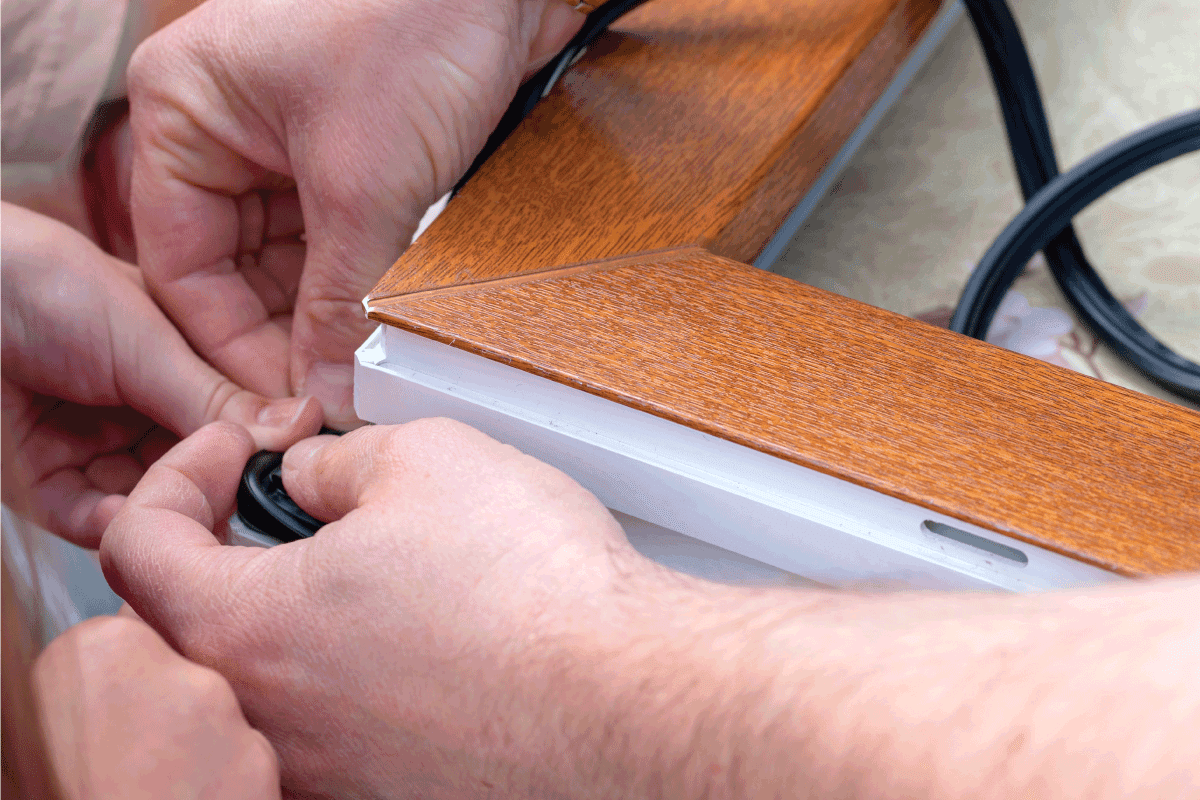
Final Thoughts
Weatherstripping is worth money-saving! You should install at sources of air draft such as the doors and windows. It works to reduce your utility bills, thus giving you significant savings in the long haul.
You might consider also reading these information-rich posts about insulating windows and doors:
How to Insulate Glass Block Windows [Quickly and Easily]
How to Fix Weather Stripping that Keeps the Door from Closing?
How to Insulate Windows from the Outside [Step by Step Guide]

